The extent of sea ice in the Antarctic hit a record low in February, the second such event within five years, a new Chinese study shows.
The study, published on Tuesday in the journal Advances in Atmospheric Sciences, revealed that on Feb. 25, a few days from the end of the Southern hemisphere's summer, the extent of Antarctic sea ice dipped below 2 million square km for the first time since the launch of satellite observations of the poles in 1978.
Antarctic sea ice has been enjoying a trend of modest increase of about 1 percent per decade since the late 1970s, although the extent of sea ice in the Arctic is undergoing a rapid decline as a result of global warming.
Researchers from Sun Yat-sen University and Southern Marine Science and Engineering Guangdong Laboratory (Zhuhai) used sea-ice budget analysis to examine the sea-ice minimum in the summer of 2022.
The researchers suggest that the sea-ice record was due in part to an anomalous low and westward Amundsen Sea Low, a center of low atmospheric pressure over the far south of the Pacific Ocean and off the coast of West Antarctica.
Yang Qinghua, a co-author of the study from Sun Yat-sen University, said the phenomenon should be largely attributed to natural variability, although the role of global warming cannot be excluded without further study.



















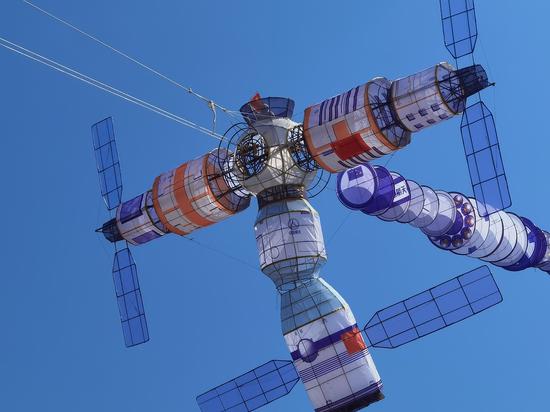





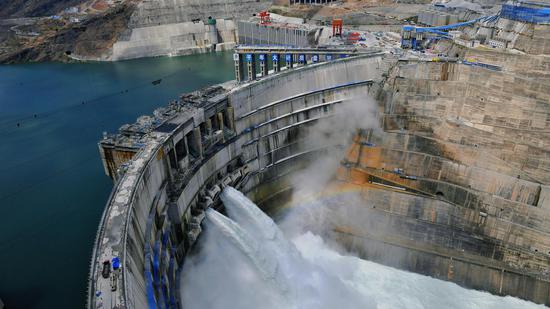












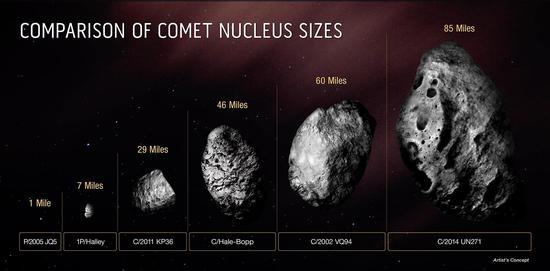




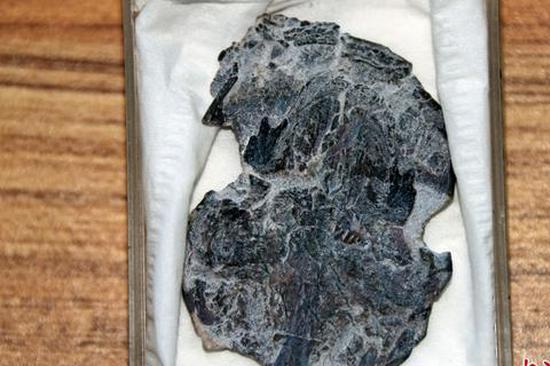


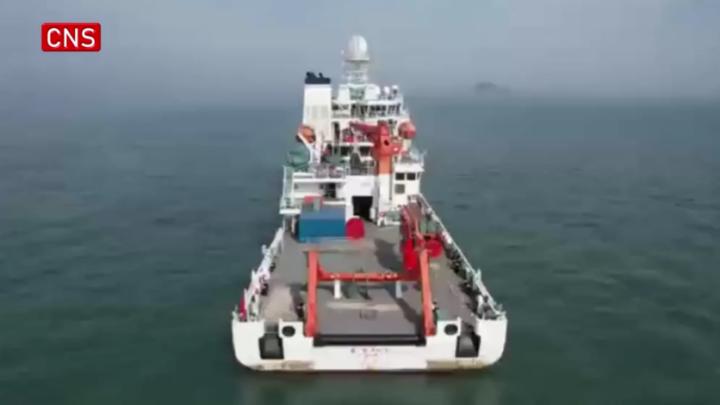



 京公网安备 11010202009201号
京公网安备 11010202009201号